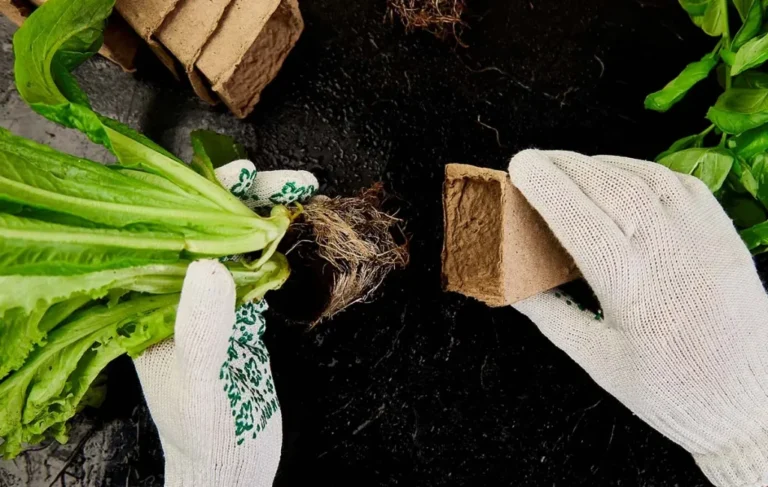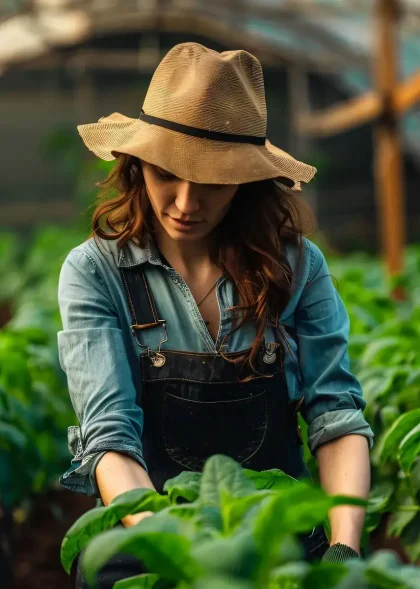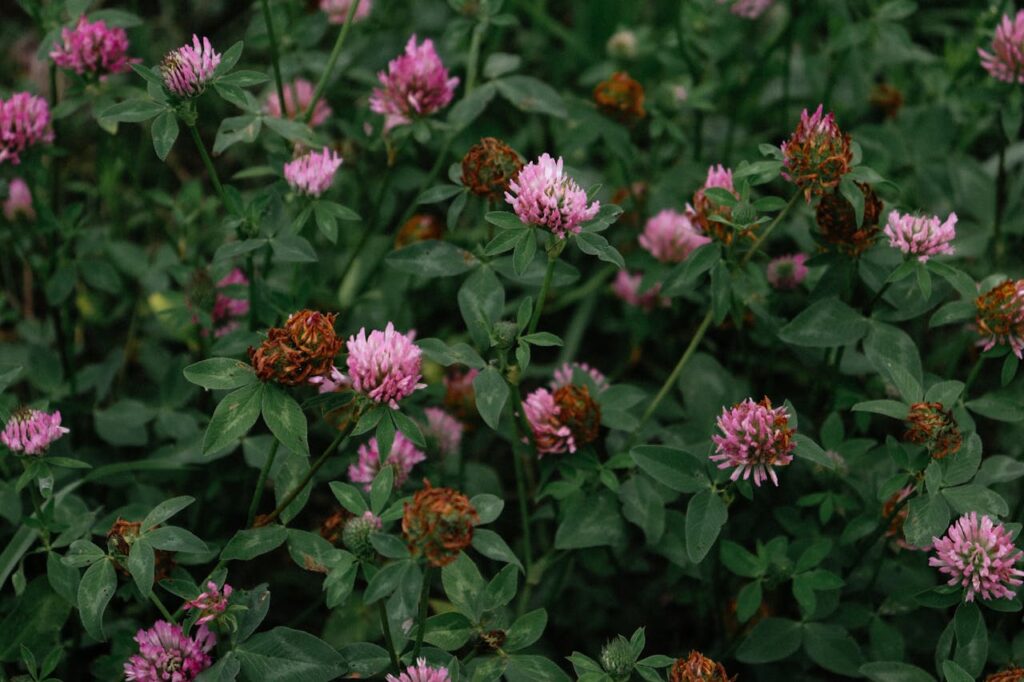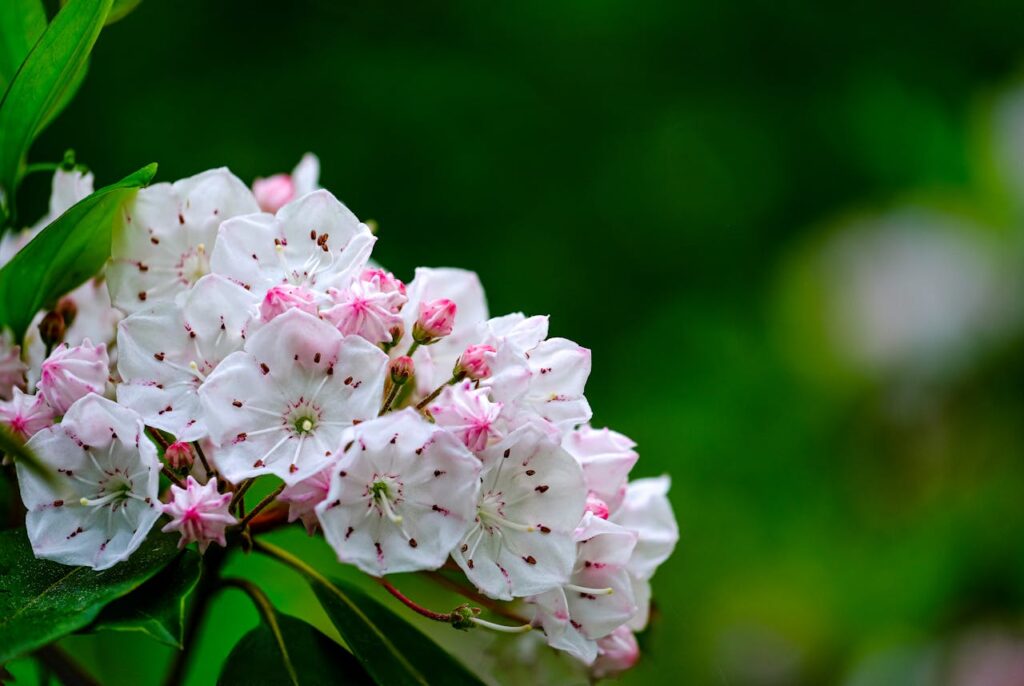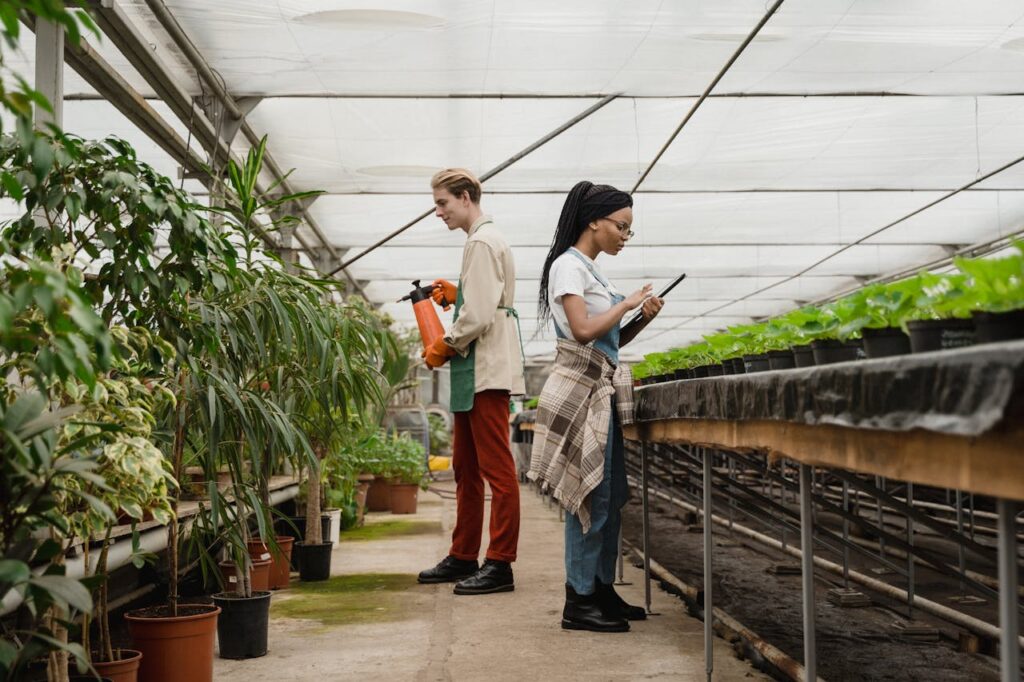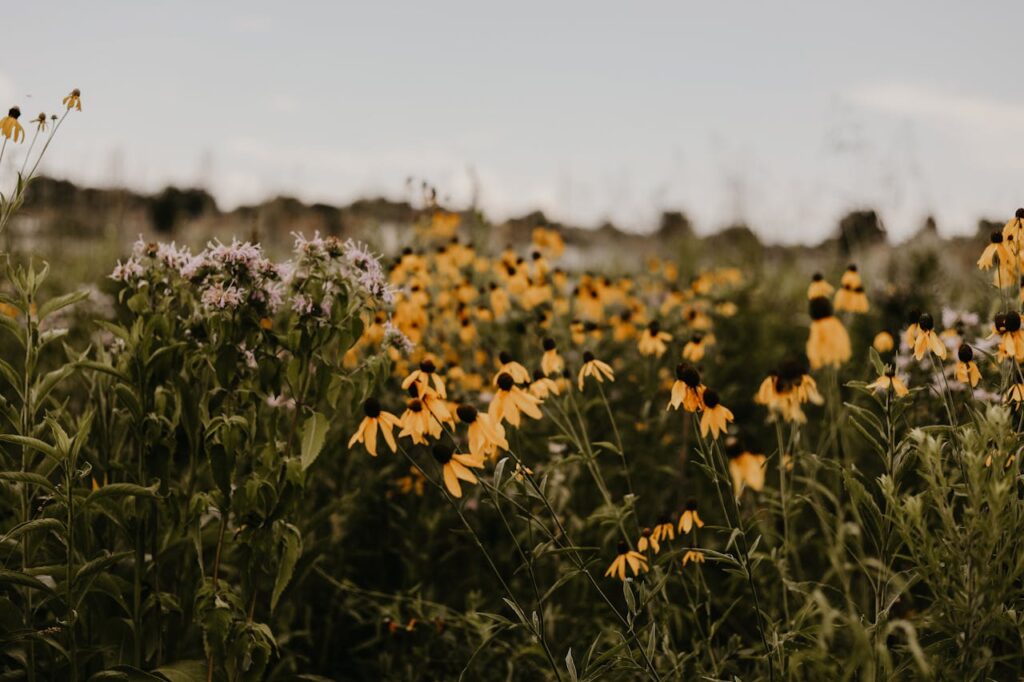Exploring the Balance Between Plants and Climate
Plants and climate exist in a delicate balance, shaping and influencing one another in profound ways. While plants depend on sunlight, rainfall, and temperature to grow, they also play a role in regulating the very systems that sustain them. Forests, grasslands, and wetlands act as stabilizers, helping to moderate temperatures and maintain atmospheric balance. This interdependence highlights that neither plants nor climate can be fully understood in isolation, as each directly affects the other’s survival.
Plants as Natural Climate Regulators
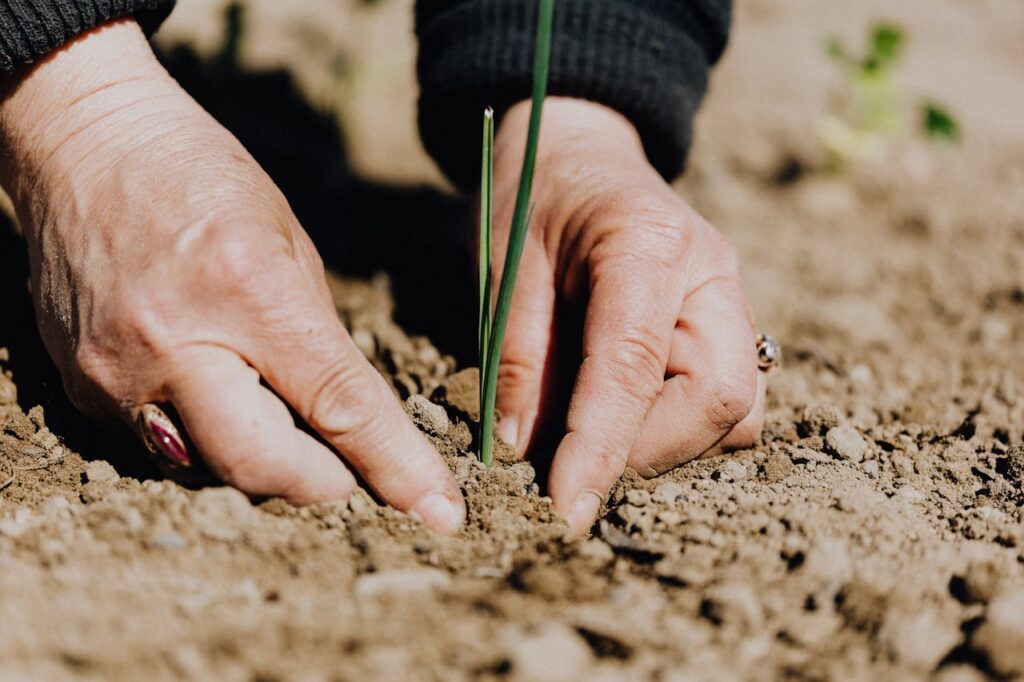
Through photosynthesis, plants absorb carbon dioxide and release oxygen, making them key players in controlling the composition of the atmosphere. Large forests such as the Amazon are often called the lungs of the Earth because they filter vast amounts of carbon, slowing down global warming. Wetlands and peatlands act as carbon sinks, storing greenhouse gases for centuries. These natural regulators show how plants provide invisible services that maintain climate stability across regions and continents.
Climate’s Impact on Plant Growth
Just as plants influence climate, climate change exerts powerful effects on plant life. Rising temperatures, shifting rainfall patterns, and more frequent droughts alter the way plants grow and reproduce. Some species may thrive in warmer conditions, while others struggle to survive. Shifts in climate zones can cause ecosystems to migrate, with forests creeping northward or grasslands expanding into once-cooler areas. This dynamic relationship reveals the fragility of ecosystems when climate conditions change too quickly for plants to adapt.
The Role of Biodiversity in Climate Balance
Biodiversity strengthens the relationship between plants and climate by adding resilience to ecosystems. A diverse forest with many species of trees, shrubs, and undergrowth can better withstand storms, pests, and changes in weather than a monoculture. Each species plays a unique role in storing carbon, cycling nutrients, and regulating water flow. By maintaining plant diversity, ecosystems are better equipped to respond to climate stresses and continue supporting the balance needed for life on Earth.
Human Responsibility in Protecting the Balance
Human actions have disrupted the natural connection between plants and climate through deforestation, urbanization, and the burning of fossil fuels. Protecting forests, restoring wetlands, and encouraging sustainable agriculture are critical steps to repair this balance. By preserving plant life, humanity also safeguards climate stability for future generations. The harmony between plants and climate is not a distant concept but a living reality that requires conscious care, reminding us that our choices directly shape the future of the planet.



